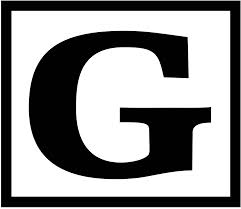
Every generation has their movies, their music, their heroes, their
trendy hairstyles, clothes, TV shows and gadgets – all of which link
people of a certain era together with a bond of memories.
We can often quickly connect to someone who remembers Blazing Saddles, Dallas, Seinfeld or Saved By the Bell.
However, when people of different generations are teamed together in
the workplace, the variations between the generations can cause JR and
Screech to butt heads.
The Traditionalists become annoyed the Millenials are constantly
checking their phones and social media feeds; and Gen Xers think the
Baby Boomers should be more open to changing the way they run meetings.
Issues arise which could cause tempers to flare, inhibiting any
fantasies of teamwork.
However hopeless it seems for people from ages 20 to 70 to work together
productively, managers should focus less on the differences and find
similarities to encourage working together across age groups.
A University of North Carolina Chapel Hill study on generation gaps,
found that employees of different age groups actually have more in
common than we might assume. Every generation wants to work on
challenging projects; be competitively compensated for their work; have
opportunities for learning, growing and advancement in their jobs; be
treated fairly; and be able to establish work-life balance.
Everyone also agrees the ideal leader leads by example; is accessible;
helps others see how their role contributes to the organization; acts as
a coach and mentor; provides challenges; and holds others accountable.
What can HR and talent management professionals do to help draw out
commonalities and foster a spirit of teamwork and communication across
generations?
- Offer employees opportunities to learn and develop so they can be more successful.
- Develop strong and genuine leadership programs to improve existing leaders’ skills and abilities; part of which includes finding and fostering future leaders within the organization.
- Offer coaching and mentoring programs to mix things up across the generational divide. Communication and career satisfaction will improve.
- Create employee reward systems that acknowledge employee contributions, so everyone who innovates or saves money gets recognized -- young, mature, and somewhere in the middle.
- Develop processes which help employees at all levels cope with a rapidly changing workplace. New computer system requires training for all!
- Clarify expectations about how different generations define work-life balance, professional behavior and workplace engagement, thus eliminating speculation.
- Offer work-life balance programs that meet employee’s needs at every life-stage.
People really aren’t that different, no matter their age. But where differences occur, view them as strengths.
Stephen Covey recognized this in describing his 6th habit –
synergy. He said it involved creative collaboration. “People bringing
all their personal experience and expertise to the table. Together, they
can produce far better results that they could individually. Valuing
differences is what really drives synergy."
"Differences," said Covey, "add zest to life.”
No comments:
Post a Comment